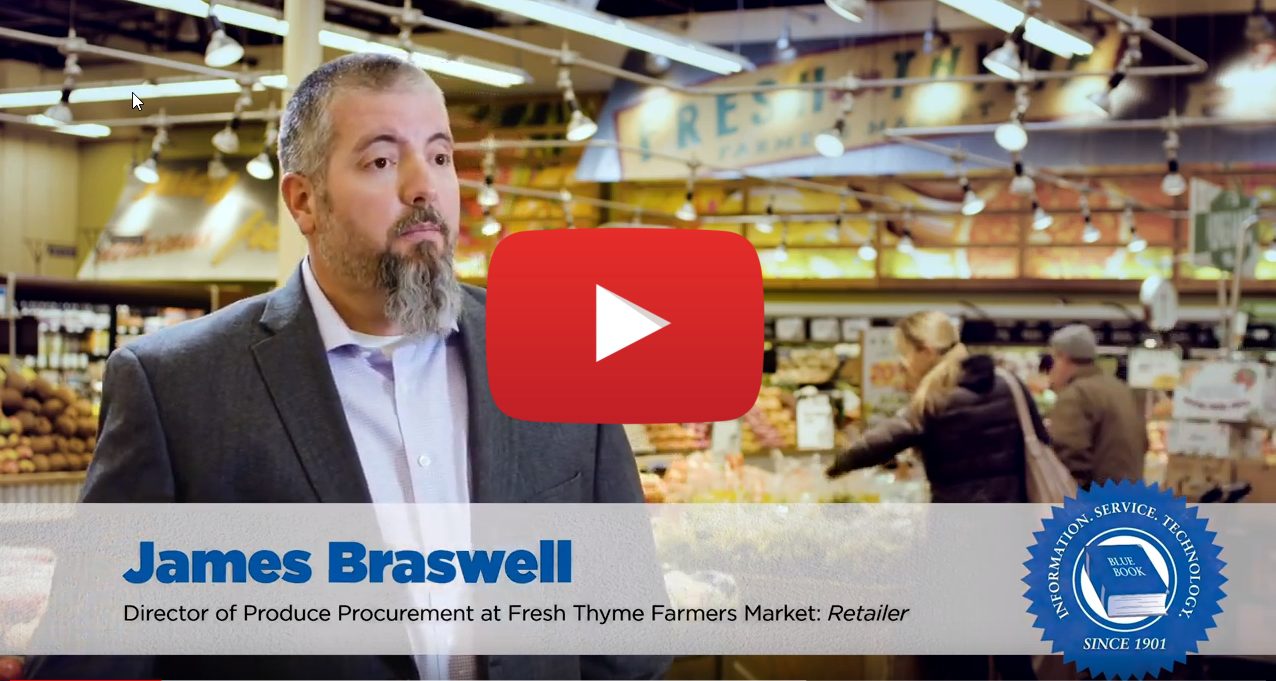Messinger says Baldor has also seen growth in its organic business. Although Massachusetts is home to 125 certified organic growers, encompassing almost 5,000 acres, Sharrino believes organic is still very much a “niche market” and sells very little. “People talk a lot about organic, but when you quote them a price, they go back to traditional.”
Condakes has noticed an uptick in tomatoes, particularly special varieties. “There’s a lot of demand for yellow grape tomatoes and heirloom tomatoes,” he explains. He says Canadian producers came in with a tremendous quantity of heirlooms last spring, but before demand usually peaks in June or July. “It was ludicrous…you could buy heirlooms for about one-third what they sold for last year,” he contends. “They all came in a big push,” he says, and then wholesalers were short when demand picked up and supply ran low.
Since roughly one in every seven Massachusetts residents is an immigrant, Boston follows suit as an incredibly diverse city, a melting pot of cultures and cuisines. This, of course, creates high demand for ethnic produce throughout the city and its many suburbs. “There’s always some new popular item, whether it’s Asian or Hispanic,” points out Condakes, adding he has noticed a more diverse customer base coming to both the BMT and NEPC in recent years, including “more Eastern Europeans, Russians, and Romanians than ten years ago.”
Lastly, demand for greenhouse cucumbers, tomatoes, and peppers continues to climb. “Greenhouse products are attracting a much broader base of customers. Retailers have always bought them, but now that they’re more consistent and clean, more foodservice companies are purchasing them as well,” comments Grant.
Beantown Barriers
From miserable weather to skyrocketing freight costs, vendors at the NEPC and BMT have encountered their fair share of obstacles this year, especially the relentlessly cold temperatures and heavy snowfall of the Polar Vortex that caused power outages, major traffic snarls, and closures. “Last winter was horrible, the worst I can remember,” remarks Sharrino. “Transporting was a nightmare.”
To make matters worse, freight rates rose by 25 to 30 percent in the past year, according to Sharrino and Condakes. “Lack of transportation is becoming more and more challenging, and affecting prices,” Condakes emphasizes. “There’s been an inexorable rise in the cost of freight, and even if you want to pay the price, there’s a problem obtaining the service.”
In the face of transportation shortages, vendors are forced to be flexible. “We have to accept the fact that trucks are not going to be available on the exact day you want them to be,” Grant admits.



